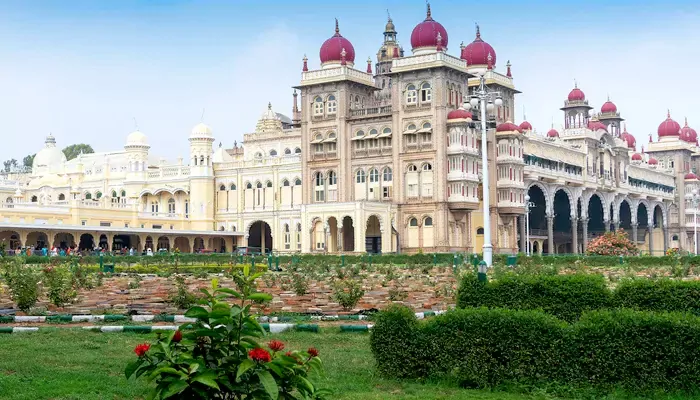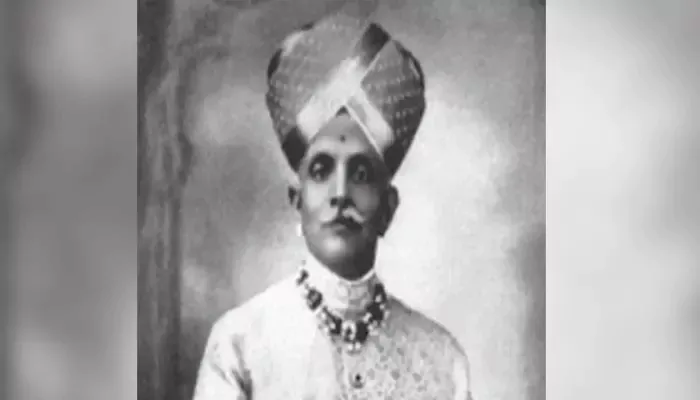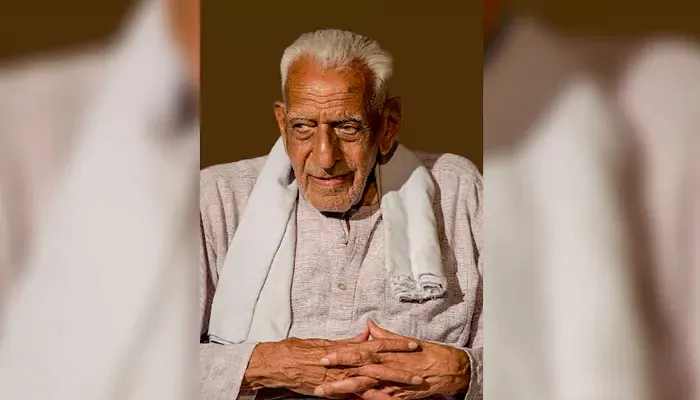
The covert donations and protective shelter that Mysore’s royals offered to nationalist leaders.
The Mysore Palace is often remembered for its opulence—its gilded ceilings, grand durbar halls, and glowing lights during Dussehra. But what lies hidden behind this grandeur is a lesser-known chapter of India’s freedom struggle. In the early 20th century, the palace was not just a seat of royal power; it was also a quiet ally of revolution. The Wadiyars, Mysore’s royal family, played a discreet yet pivotal role in nurturing India’s nationalist movement. They did so not with speeches or swords, but with shelter, funds, and subtle defiance.
Mysore, under the Wadiyar dynasty, was one of the most progressive princely states in British India. From electrification to public education, it led to reform. Yet, even as it remained under British suzerainty, the palace fostered a spirit of quiet rebellion. The royal court, especially during the reigns of Krishnaraja Wadiyar IV and Jayachamarajendra Wadiyar, kept discreet ties with leaders of the Indian National Congress.
Historians note that the Wadiyars permitted key Congress workers to operate with relative freedom within Mysore. While they didn’t publicly oppose the British, their actions often supported the larger national cause. Congress members like K.T. Bhashyam and H.C. Dasappa found space to speak, organise, and mobilise in Mysore, often under the silent protection of the palace.

The most impactful contribution came through financial support. With no headlines or announcements, palace officials channelled donations to Congress activities across South India. This support was never direct, but often channelled through legal luminaries, educational societies, or cultural programs that served as a cover.
For instance, many nationalist publications that faced suppression in the Madras Presidency found it easier to operate out of Mysore. Nationalist newspapers such as Pauravani, which advocated for civil liberties, received covert help after facing bans. Such activities often had the tacit approval of palace insiders who sympathised with the cause but wished to avoid confrontation with the British authorities.
The palace also offered quiet protection to prominent Congress leaders during times of crackdown. Kamaladevi Chattopadhyay, a fiery nationalist and social reformer, often found support within Mysore when other regions closed their doors. Activists like H.S. Doreswamy, known for organising student protests and underground press operations during the Quit India Movement, were allowed to regroup in Mysore when arrests were looming elsewhere.
Even when Congress was banned during the 1942 movement, Mysore became a relatively safe zone. The state’s police did make arrests, but palace authorities ensured that brutal repression was avoided. This gave the nationalist movement breathing room, even at the peak of British suppression.

After independence was declared in 1947, one last challenge remained—the integration of the princely states into the Indian Union. In Mysore, while the Maharaja had supported reforms and modern governance, he hesitated to make an immediate accession. This sparked the Mysore Chalo movement, in which leaders such as Kengal Hanumanthaiah and Doreswamy demanded a people’s government.
Despite initial friction, Jayachamarajendra Wadiyar agreed to sign the Instrument of Accession. In a move symbolising the palace’s shift from royal authority to constitutional responsibility, he went on to become the first Rajpramukh (governor) of the state. It was a graceful exit from absolute rule and a reaffirmation of the palace’s long-standing support for India’s democratic future.
Today, visitors walk through the Mysore Palace admiring chandeliers and paintings. Few notice that these halls once echoed with whispers of revolution. The palace’s silent support for India’s freedom movement is rarely mentioned in textbooks, but it nonetheless shaped history.
The Wadiyars didn’t need to shout slogans or court arrest. Their resistance was subtle, strategic, and powerful. By supporting Congress behind the scenes, funding freedom efforts, and providing safe spaces for leaders, they transformed a seat of royalty into an unlikely sanctuary for revolution.